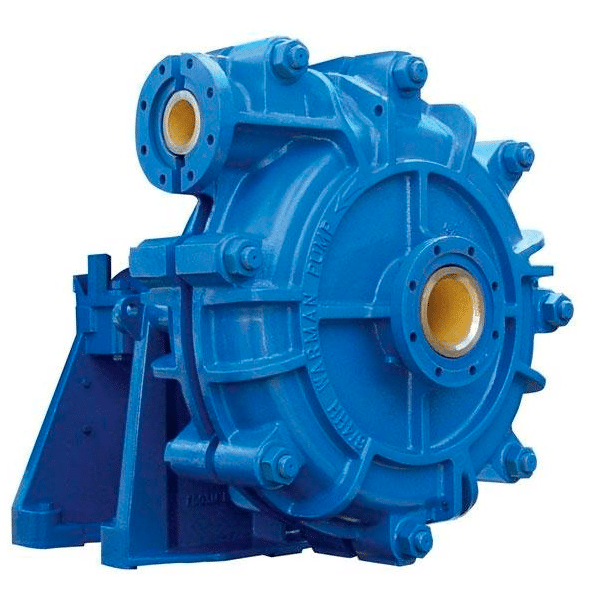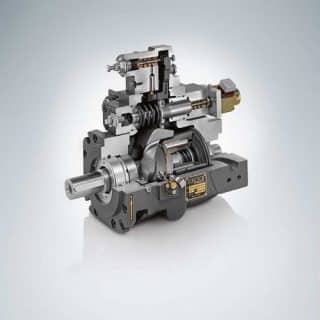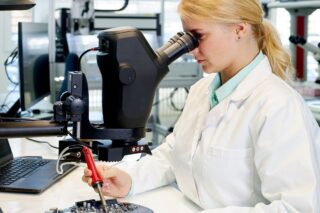In the world of manufacturing and industry, pumps play a crucial role in keeping operations running smoothly. There are different types of pumps available, and two common ones are hydraulic pumps and vacuum pumps. Since it is not always easy to choose the right equipment in front of a multitude of manufacturers, we have produced several buying guides with tips and recommendations to help you make the right purchasing decision.
Hicham Dhouibi, Soukaina Okacha, Francesco d’Amore, Vincent Vilarrasa, Monica Hutchings, and Cédric Vialle contributed to these buying guides.
DirectIndustry offers a free online buying guide service to advise you on what you need to know before you buy a product or request a quote. The goal is to give business leaders, industrial buyers, and decision-makers detailed descriptions, key criteria, standards, and prices of industrial products to facilitate your comparison of quotes and your choice of suppliers in order to make the right purchasing decision. Our buying guides are written by our professional journalists and in-house industry analysts in an independent and impartial way. None of the content is sponsored or promotional.
A pump is a device used to move fluids, such as liquids or gases, from one place to another. It works by creating pressure that drives the fluid through a system of pipes or hoses. The type of pump used depends on the application and the fluid being moved.
There are different types of pumps available. Understanding what they do and how they work can help businesses make informed decisions about their operations.

How to Choose The Right Pump?

A pump is a mechanical tool that converts motor energy into hydraulic energy in order to transport fluids. When selecting a pump, the first aspect to consider is the type of fluid being transported. It is essential to factor in the technical properties of the fluid since they determine the appropriate pump to use. To properly size the pump and determine its operating point, it is necessary to know various parameters of the system, such as flow rate, suction head, discharge head, and head losses. This guide provides an overview of the primary types of pumps and their typical applications.
- HOW TO CHOOSE A PUMP?
- WHAT KIND OF MEDIA DO I NEED TO PUMP?
- WHAT ARE THE DIFFERENT TYPES OF PUMPS?
- WHEN SHOULD YOU USE A CENTRIFUGAL PUMP?
- WHEN SHOULD YOU USE A PERISTALTIC PUMP?
- WHEN SHOULD YOU USE A DIAPHRAGM PUMP?
- WHEN SHOULD YOU USE A GEAR PUMP?
- WHEN SHOULD YOU USE A PISTON PUMP?
- HOW TO CHOOSE BETWEEN A SUBMERSIBLE PUMP AND A SURFACE-MOUNTED PUMP?
- WHAT ARE THE MAIN MOTORS USED FOR PUMPS?
- HOW DO YOU AVOID PUMP CAVITATION?

How to Choose The Right Hydraulic Pump?

For businesses operating in industries that require the use of heavy machinery, a hydraulic pump is an essential component in maintaining smooth and efficient operations.
A hydraulic pump is responsible for circulating hydraulic fluid like oil, at high pressure through pipes to activate hydraulic actuators, such as cylinders or motors. By utilizing this pressurized fluid, the hydraulic actuators are able to produce linear or rotary motion, generating the necessary force and power required for various applications.
Given the critical role of a hydraulic pump in a hydraulic circuit, selecting the appropriate pump is crucial to ensure optimal performance and longevity. A well-chosen pump can enhance the system’s efficiency, and reduce energy consumption and maintenance costs.
- WHAT ARE THE DIFFERENT TYPES OF HYDRAULIC PUMPS?
- WHAT IS THE DIFFERENCE BETWEEN A FIXED DISPLACEMENT PUMP AND A VARIABLE DISPLACEMENT PUMP?
- WHAT ARE THE CHARACTERISTICS OF A HYDRAULIC PUMP?
- WHAT SYMBOLS ARE USED FOR HYDRAULIC PUMPS?
- WHAT IS THE PRESSURE OF A HYDRAULIC PUMP?
- WHICH PUMP SHOULD YOU CHOOSE FOR WHICH USE?

How to Choose The Right Vacuum Pump?

A vacuum pump is a device that extracts air or gas from a tank to create a partial or complete vacuum within a given system. This is achieved through the gradual reduction of pressure within the enclosed space, which allows air to be drawn into the pump. The pump then extracts the aspirated gaseous molecules from the system and releases them into the ambient air or another tank.
In various industrial sectors, such as laboratories, the medical industry, food packaging, and the chemical industry, a vacuum pump is a critical tool that enables efficient and effective operations.
- In a lab, vacuum pumps are used to remove air from sealed containers, making them ideal for use in vacuum ovens and distillation systems.
- The medical industry uses vacuum pumps in applications such as blood analysis, where the extraction of gases from samples is necessary.
- In food packaging, vacuum pumps are used to remove air from sealed containers, preserving the quality and freshness of the food.
- In the chemical industry, vacuum pumps are used to maintain a clean environment during chemical processes and remove toxic fumes from the air.
There are several types of vacuum pumps available, including diaphragm pumps, rotary vane pumps, and scroll pumps. Each type has its own advantages and disadvantages, and the selection of the appropriate vacuum pump will depend on the specific requirements of the application.
- HOW TO CHOOSE A VACUUM PUMP?
- WHAT ARE THE MAIN TYPES OF VACUUM PUMPS?
- WHEN SHOULD YOU USE A ROTARY VANE VACUUM PUMP?
- WHEN SHOULD YOU USE A DIAPHRAGM VACUUM PUMP?
- WHEN SHOULD YOU USE A LIQUID RING VACUUM PUMP?
- WHEN SHOULD YOU USE A SCROLL VACUUM PUMP?
- WHEN SHOULD YOU USE A TURBOMOLECULAR VACUUM PUMP?
- HOW TO CHOOSE BETWEEN A VACUUM PUMP WITHOUT OIL AND A LUBRICATED VACUUM PUMP?
- WHAT ARE THE MAIN USES OF VACUUM PUMPS?
![[BUYING GUIDES] Pump, Hydraulic Pump, Vacuum Pump: How to Make the Right Choice?](/wp-content/uploads/sites/3/iStock-1367630120-1250x833.jpg)









